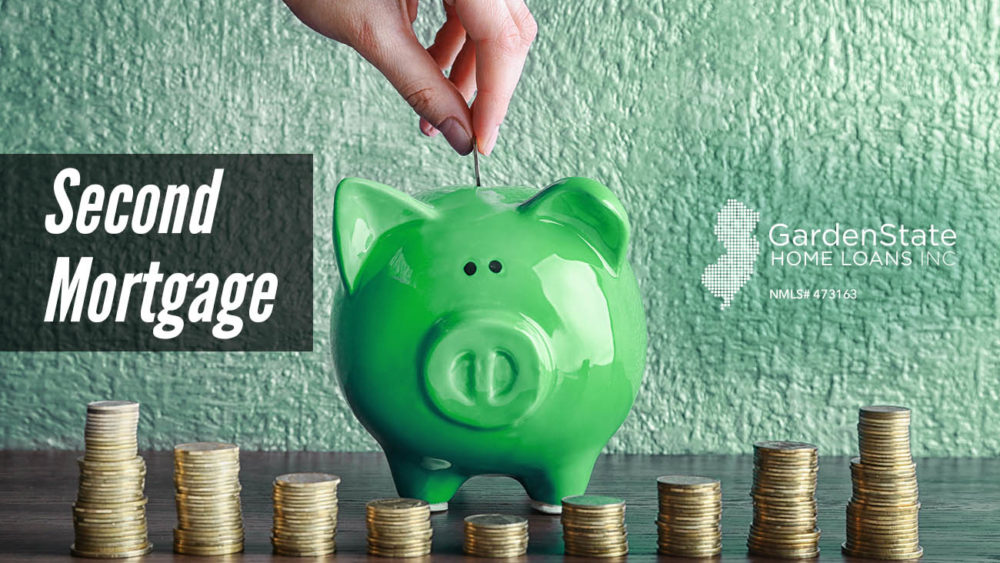What is a second mortgage?
A second mortgage, or junior lien, is a loan you take out using your house as collateral while still having another loan on your home. If you take out a second mortgage, it’s likely that you will be charged a higher interest rate. This is used as a precaution as your primary mortgage lender is paid first.
There are a few different types of second mortgages. Some mortgages are considered open-end. This means that you can take cash out up to the maximum credit amount. As you pay down the balance, you can draw again up to the same limit. Other mortgages are considered closed-end. This is when you receive the entire loan amount upfront and you are not able to redraw after that. The most common types of second mortgages are home equity loans and home equity lines of credit (HELOCs).
Why should you take out a second mortgage?
Second mortgages are taken out by a property owner in order to finance other purchases they have. Common uses for second mortgages include:
- Financing a home improvement projects
- Paying for a child’s college tuition
- Paying for a medical treatment
- Filling gaps after losing a job
- Paying off high-interest debts
Risks of taking out a second mortgage
Remember that as you take on a second mortgage, you’re putting a lien over your head. If worse comes to worse and you are unable to pay for the second mortgage, your home may be foreclosed on. Additionally, if you take a second mortgage, and your home’s value lowers, you could end up owing more on your home than it’s worth.
If you take on a second mortgage to pay off a credit card or auto loan, you need to be aware of your spending. If you already have an overspending problem or if you overspend at times, it’s likely that your home will never get paid off.



Comments are closed.